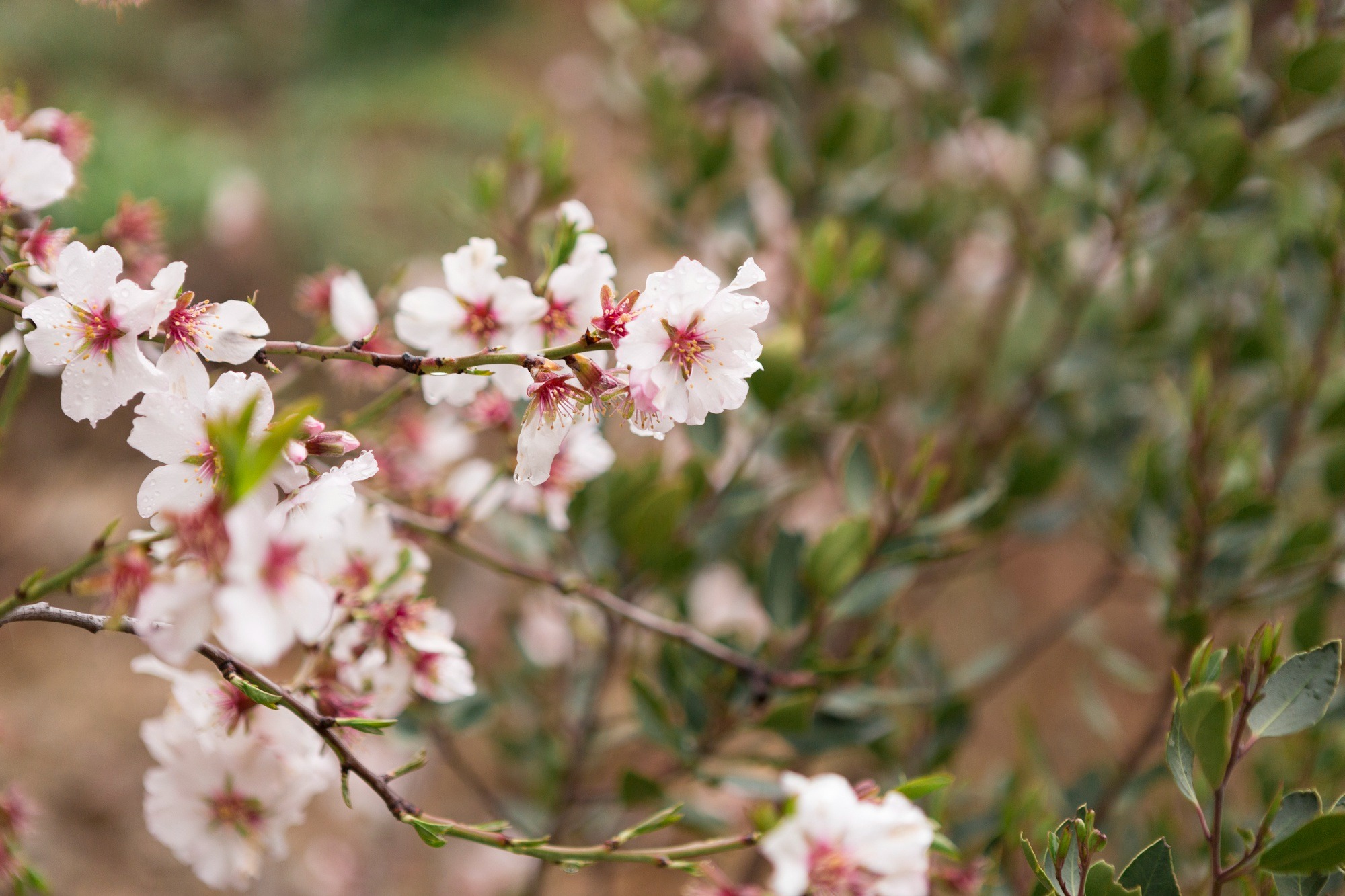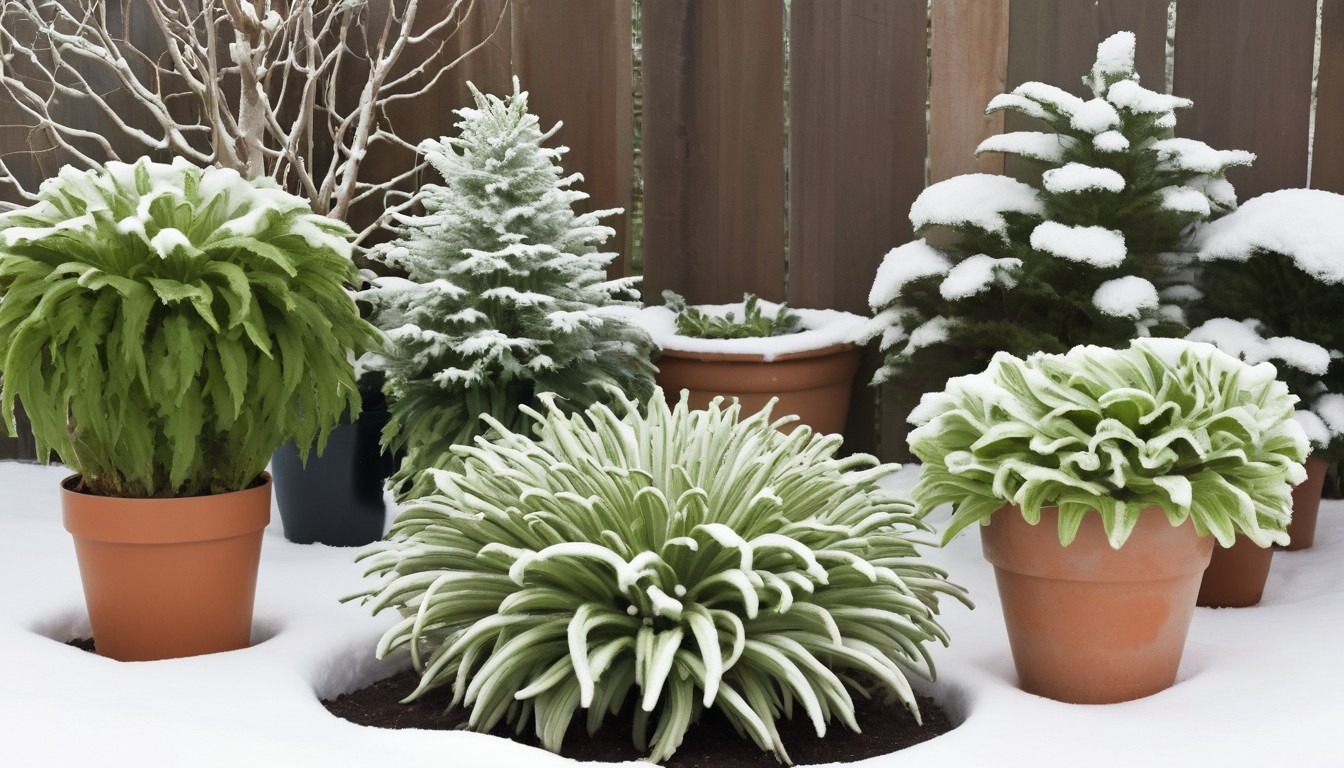Flowering dogwood trees, known scientifically as Cornus florida, are a captivating addition to any landscape. Native to the eastern regions of the United States, these trees are celebrated for their year-round appeal, marked by stunning blooms in spring and vibrant foliage in the subsequent seasons. Here’s everything you need to know about growing and maintaining healthy dogwood trees.
Ideal Growing Conditions for Dogwoods
Optimal Sunlight and Location
Flowering dogwoods thrive best when they mimic their natural habitat. Typically, they are understory trees in the wild, shielded by larger trees. Thus, they prefer locations that offer partial shade. Although they can be grown in full sun, such exposure can lead to stress from heat and make them prone to pests like the dogwood borer. Ideal planting spots are on the edge of wooded areas or grouped with other trees and shrubs, which helps replicate their natural environment and provides the necessary shade and protection.
Soil Preferences
Dogwoods are not particularly fussy about soil but they have a distinct preference for well-drained, humus-rich, and slightly acidic soil. Ensuring that the soil meets these conditions can significantly enhance the tree’s health and flowering capability.
Planting Techniques for Flowering Dogwood Trees
When and How to Plant
The best times to plant dogwood trees depend on the type of tree you purchase:
- Bare root and burlap trees should be planted during the cooler months of late fall or early spring.
- Container-grown trees offer more flexibility and can be planted at any time of the year, though they require diligent watering after planting to ensure proper establishment.
When planting a dogwood, dig a hole that is about two-thirds the depth of its root ball. Place the tree ensuring that the top of the root ball is slightly above ground level. Fill the sides gently and avoid piling soil directly on top of the root ball. After planting, it’s beneficial to apply a layer of mulch around the tree, keeping it a few inches away from the trunk to avoid moisture-related diseases.
Routine Care and Maintenance of Dogwood Trees
Watering Requirements
Regular watering is crucial, especially in the first few years after planting and during dry spells. A deep watering once a week should suffice, reaching a depth of about 6 inches. Mulching can greatly assist in moisture retention, reducing the frequency of watering and providing the tree with a stable moisture environment.
Fertilization and Pruning
Mature dogwood trees generally do not require fertilization. However, if you choose to fertilize younger trees, opt for a small amount of slow-release fertilizer to avoid overwhelming the plant. Pruning should be minimal, aimed at removing only dead or damaged branches, or to shape the tree as desired. Avoid pruning in late winter as dogwoods are “bleeders” and will lose sap; summer is the best time for any necessary pruning.
Protecting from Pests and Disease
While generally robust, dogwoods can fall prey to pests like the dogwood borer and diseases such as powdery mildew or leaf spot, particularly if stressed or improperly sited. Regular monitoring and maintaining good cultural practices are key to preventing and managing these issues.



